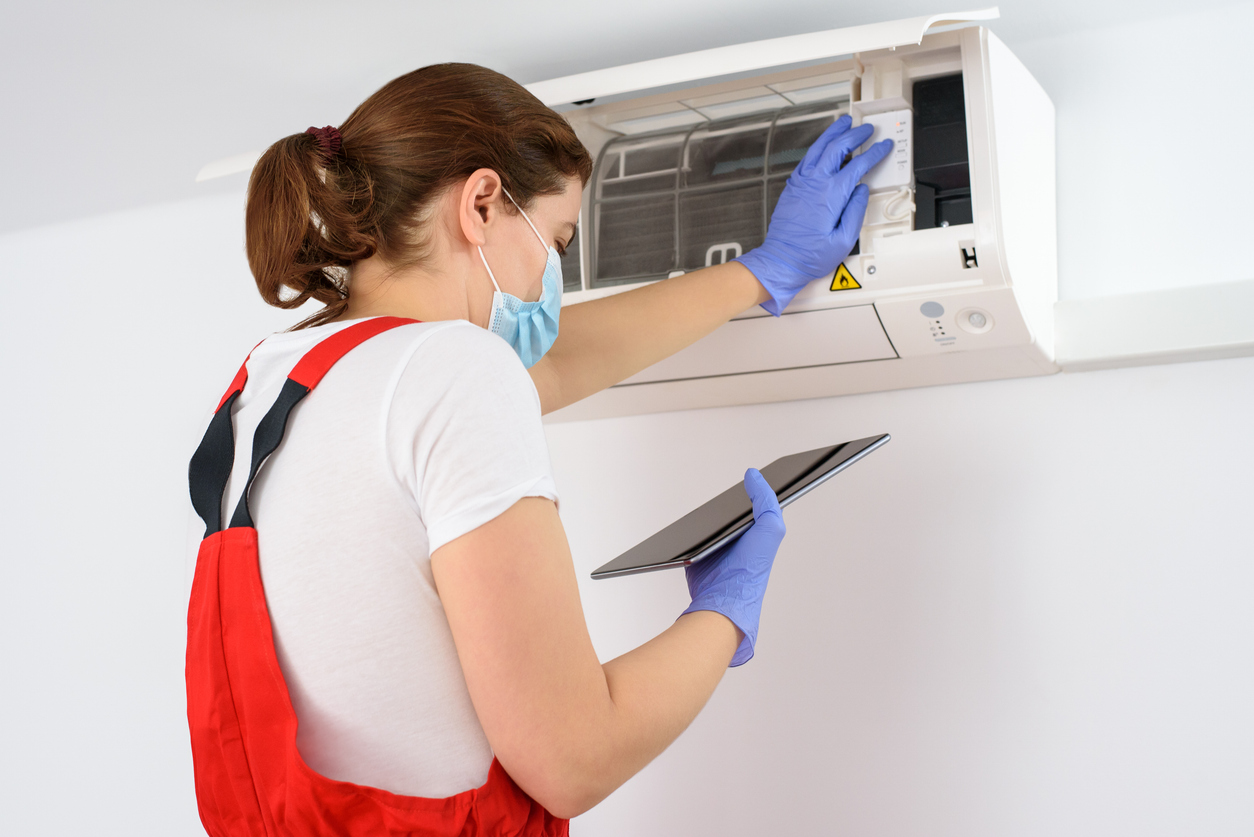Serving The Wasatch Front Area
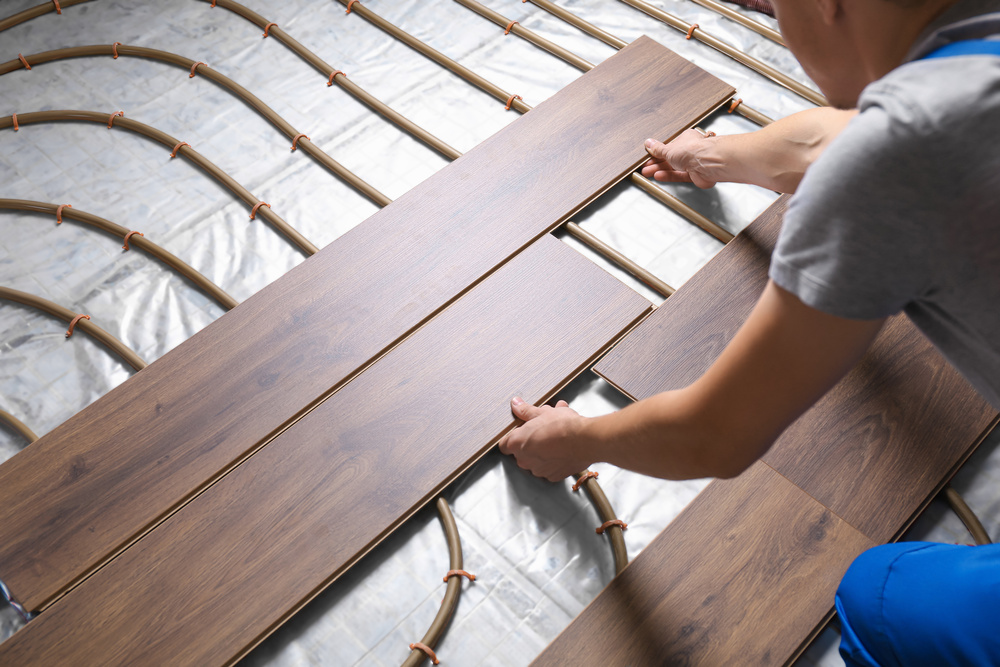
What Are the Pros and Cons of Radiant Floor Heating in Utah Homes?
September 11, 2025
Radiant floor heating has gradually become more popular in West Haven and Sandy over the years. You’re more likely to see it in new builds simply because it’s very expensive to install in an existing home. Still, it works extremely well. A lot of homeowners who have it swear by it.
Not that radiant floor heating is the best solution for every home. Here in Utah, we have many heating systems, including forced-air, mini-split systems, and even boiler-radiator systems. It’s important to understand the pros and cons of each option if you’re planning to upgrade your heating system.
This post will focus squarely on radiant floor heating and its pros and cons. It might be a good option for your home. Then again, it might not be.
The Basic Premise
The basic premise of radiant floor heating is pretty simple. Rather than distributing heat throughout a home through forced air or baseboard radiators, the heat is distributed through tubes embedded in the floor. Warm liquid circulates through the tubes, transferring heat to the floor surface where it radiates and warms the air.
Radiant floor systems can be powered in many ways. The two most used options are electric and hydronic. An electric system actually uses electric cables rather than a warm liquid. Electricity heats the cables to warm the floor surface.
Hydronic radiant floor heating uses the previously mentioned tubes. The liquid inside can be warmed by:
- A boiler powered by gas or electric
- A standard heat pump
- A geothermal system
- A solar thermal or voltaic system
Geothermal and heat pump solutions work very well. They extract heat from either the ground or outdoor air and transfer it into the home. Both options offer superior efficiency.
Radiant Floor Heating: The Pros
So, what are the advantages of radiant floor heating in Utah homes? Let us start with energy efficiency. Radiant floor heating requires significantly less energy to maintain warmth. Floors absorb and retain heat longer than air. So you get more efficient heating over time. Other advantages include:
- More consistent heating throughout the home
- Better indoor air quality (compared to forced-air systems)
- Nearly silent operation (you don’t hear a sound)
- Longer lifespan and less maintenance
If you’re worried about floor compatibility, it is not a big deal. Radiant floor heating is compatible with many types of floors. It works great with tiles, stone, laminate, manufactured wood, and most hardwood. However, you may want to avoid carpeting as it reduces heating efficiency.
Radiant Floor Heating: The Cons
Topping the list of radiant floor heating’s disadvantages is upfront cost. Radiant floor systems are expensive to install, especially in existing homes where flooring needs to be removed. Installation is a bit less costly – but still expensive – in new builds as the heating system is installed before the flooring.
Other disadvantages include:
- More complex installations (completely unsuitable for DIY)
- Longer warm-up times (it takes more time to heat up a cold space)
- Limits on some flooring materials (carpets and thick hardwoods don’t work well)
- More difficult repairs when something goes wrong
In terms of overall heating costs, a radiant floor heating system powered by electricity could increase your utility bills. Given the extremely cold nature of Utah winters, an electric system may not be a good choice. If you are thinking of radiant floor heating, consider a hydronic system instead.
Regardless of how you heat your home, Comfort Solutions is available for maintenance, repair, and new installations. We also offer emergency services in West Haven and Sandy.
Recent News
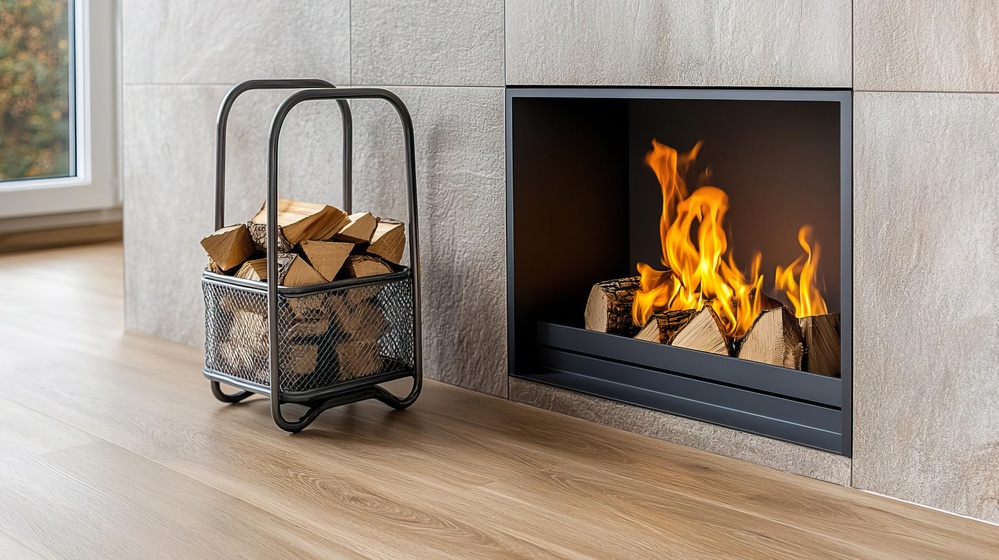
How a Fireplace Insert Can Boost Home Heating Efficiency
September 10, 2025

Utah’s Indoor Air Quality Issues (and How to Deal With Them)
August 21, 2025
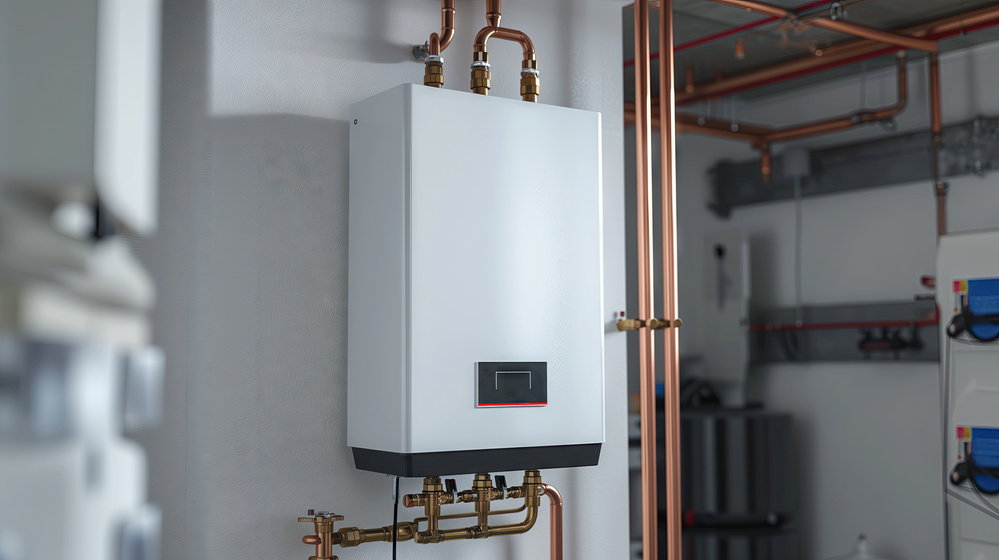
What Is a Tankless Water Heater and Should I Consider Getting One
June 25, 2025
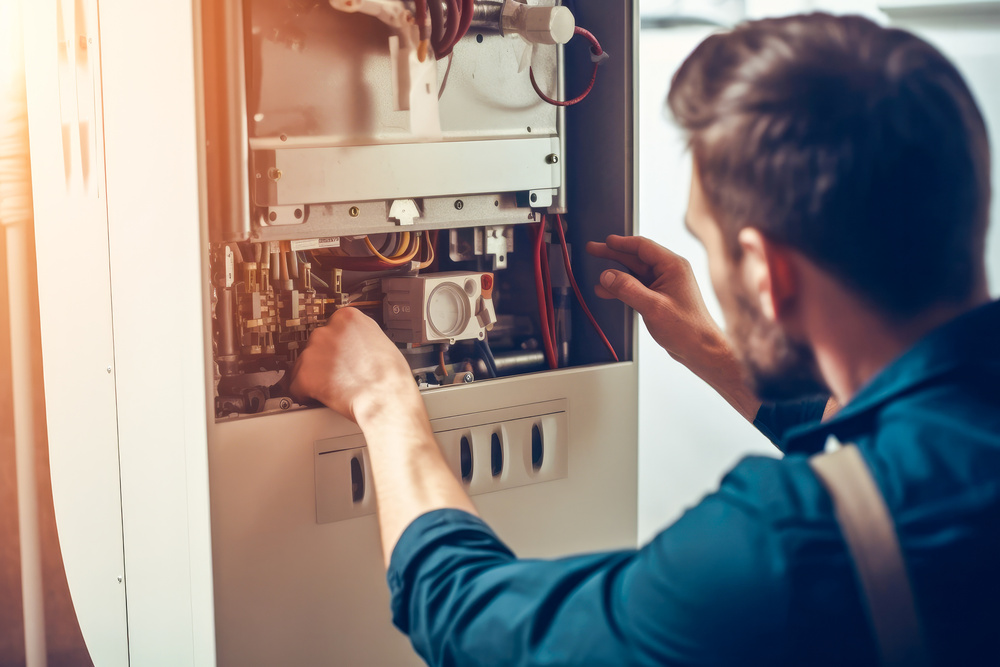
Is Summer a Good Time to Have Furnace Maintenance Done?
June 24, 2025
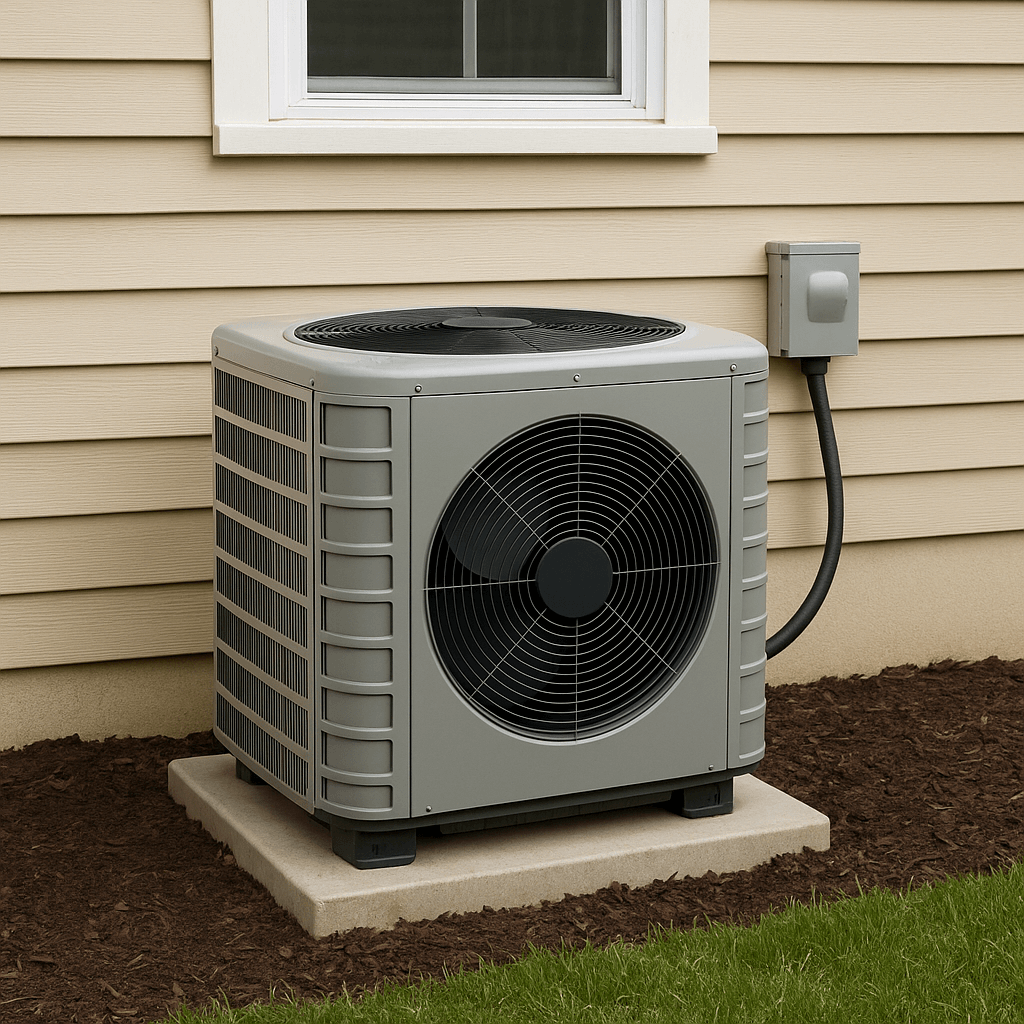
Common Air Conditioner Mistakes That Can Cause You Problems
May 29, 2025

How to Stay Cool During the Summer Heat
April 21, 2025
